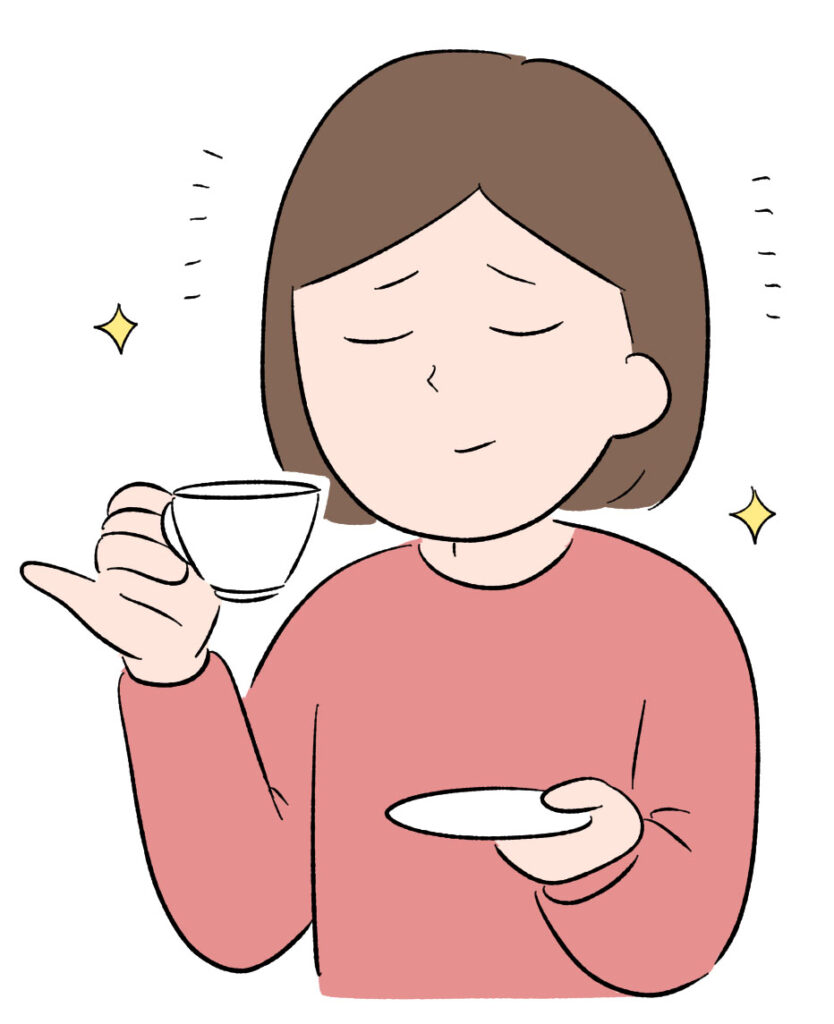名詞を動詞
Grammar meaning
We will now explain the particle “を”, signifies the object of a verb.
Since this grammar uses verbs, understanding tense as well will allow you to speak more.
If you don’t understand verb tenses yet, please study them here.
For example
・パンを食べます。:I eat bread.
In this case, “パン(bread)” is the object of “食べます(eat)”.
・名前を言います。:I say my name.
In this case, “名前(name)” becomes the object of “言います(say)”.
In Japanese, the particle を is often used even with verbs that don’t seem to take an object at first glance.
Depending on your native language, remembering this grammar as “a particle indicating the object of a verb” can be quite confusing.
Personally, I think it’s more practical to remember it as “in Japanese, we put を between a noun and a verb”, and then understand when and why the particle changes from を when studying other particles.
Example sentence
・おちゃを飲みます。
I drink tea.
・えいがを見ます。
I watch a movie.
・先生の本をかりました。
I borrowed the teacher’s book.
・きのう、日本語をべんきょうしませんでした。
I didn’t study Japanese yesterday.

Additional notes
If you’ve just started studying Japanese, this isn’t something you need to worry about too much, but as you continue your studies, you’ll learn various particles.
When you’re unsure which particle to use, it’s helpful to remember that を can only be used with verbs, and not with nouns or adjectives.
In reality,
わたしのペンを友だちにかしました。:I lent my pen to my friend.
There are cases where it might seem like it’s used for the noun “友だち(friend)”, but in reality, it’s used for the verb “かしました(lent)”.
Conversation example
先生:リンさん、きのう、ばんごはんを食べましたか。
リンさん:はい、きのう、ばんごはんを食べました。
先生:何を食べましたか。
リンさん:カレーを食べました。
先生:だれがカレーをつくりましたか。
リンさん:わたしの母がカレーをつくりました。
Teacher: Rin, did you eat dinner yesterday?
Rin: Yes, I ate dinner yesterday.
Teacher: What did you eat?
Rin: I ate curry.
Teacher: Who made the curry?
Rin: My mother made the curry.

For Japanese Teachers
This grammar is likely to be studied by beginners of Japanese at a very early stage.
Whether using the direct method or the indirect method, at this point, students are probably trying to learn by matching it with the closest grammar in their respective native languages.
As instructors, it’s okay to teach it with the mindset of it being something that connects nouns and verbs, rather than seeking strict understanding of things like accusative case, case particles, or how to distinguish its usage from other particles.
By learning this grammar, students will be able to create sentences using verbs, so I think it would be a good lesson to make them feel a sense of accomplishment that their abilities have increased.




